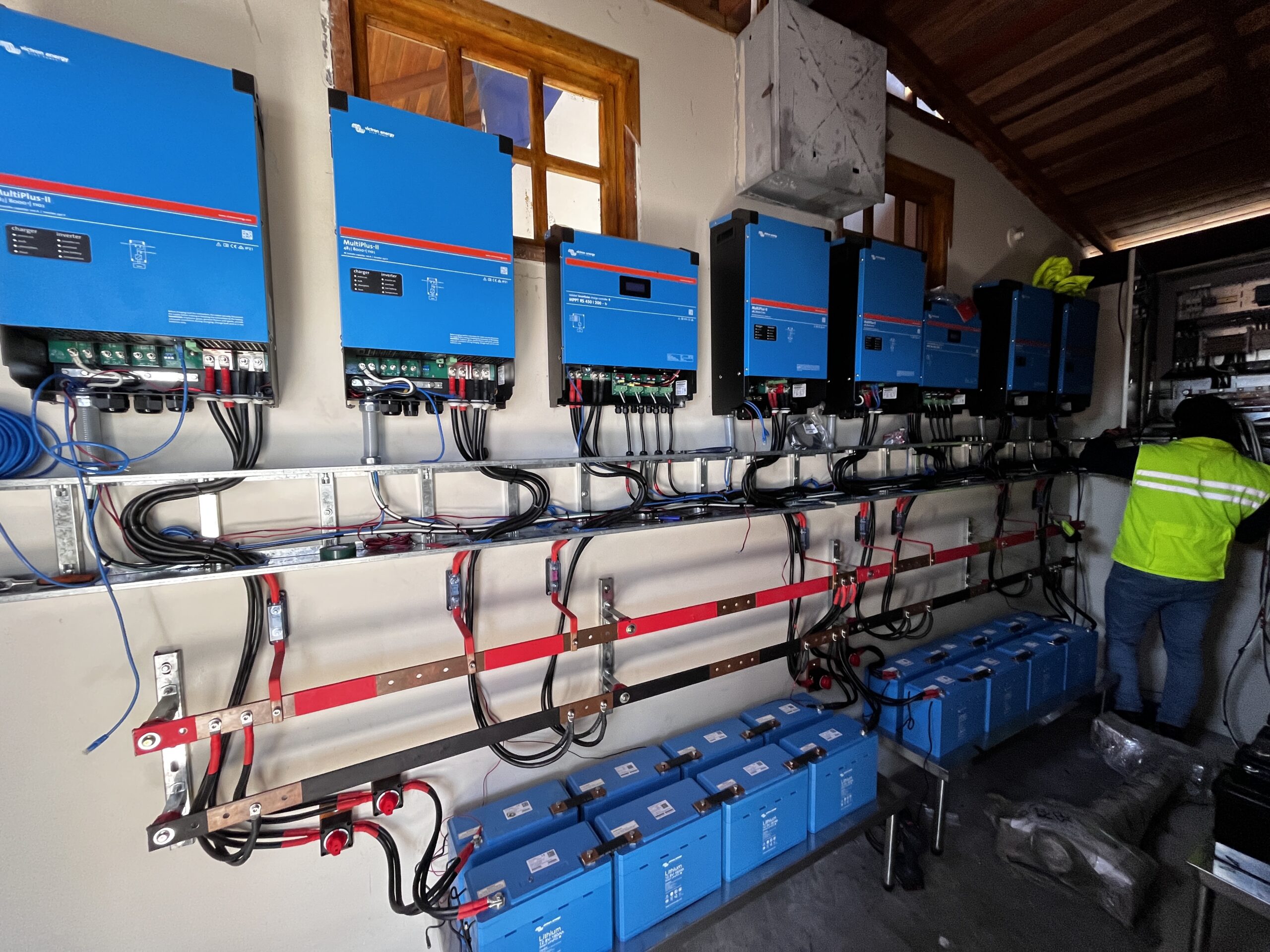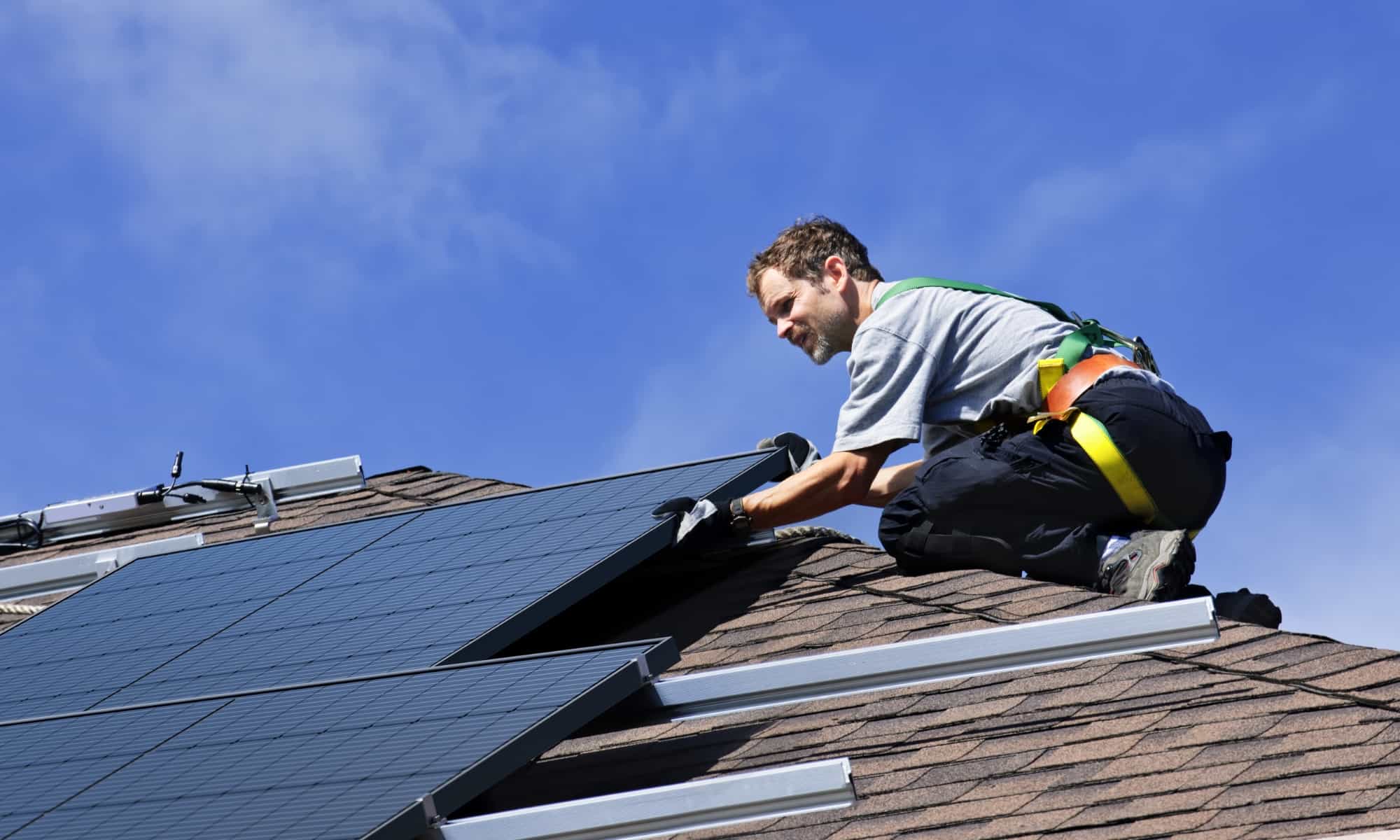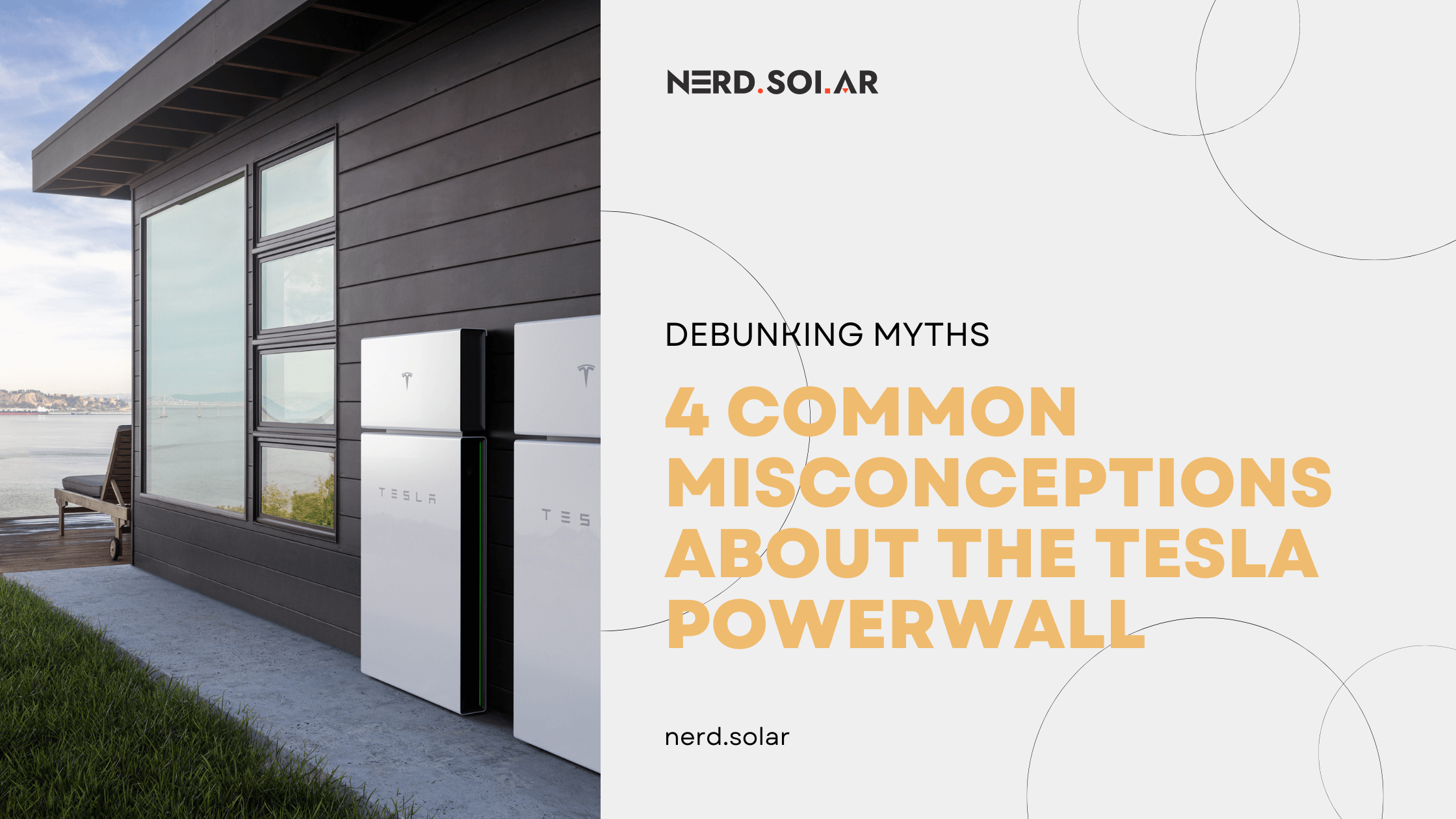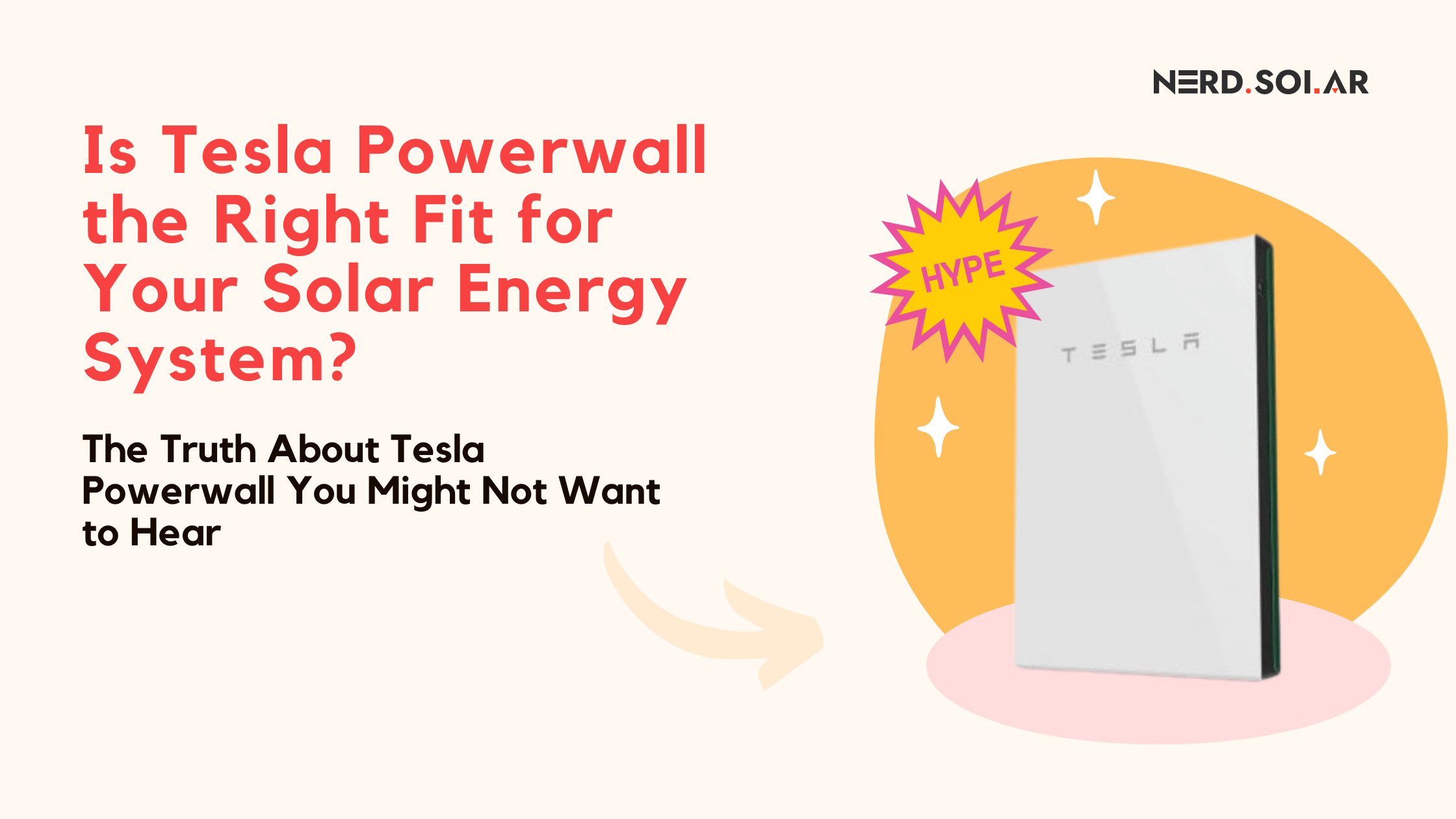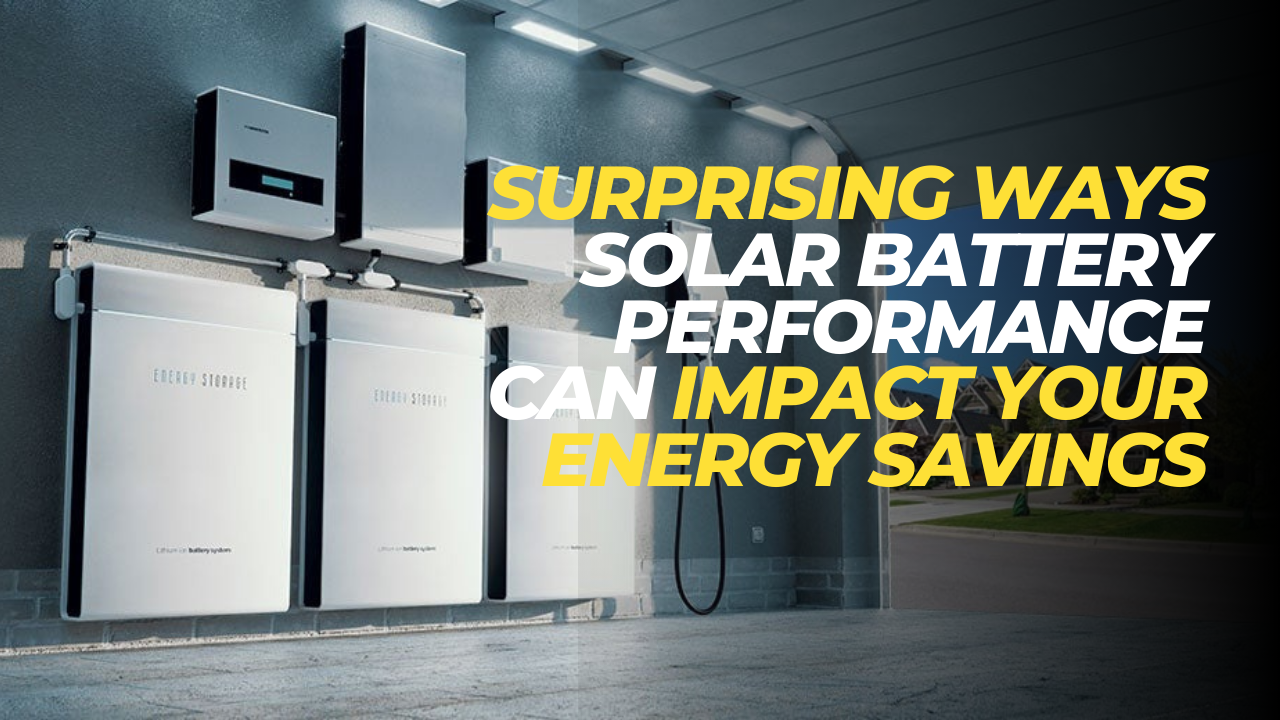How Do We Rate Solar Companies?
TL;DR: We rate solar installers from 1 to 5 stars to help you pick the best one. High stars mean they’re really good at what they do and treat their customers right. Low stars? Not so much. We give credit to companies that have been around for a while, know what they are doing, have a high standard of workmanship and equipment, don’t hire subcontractors to keep the bar of solar installation quality high and have good local reviews from real customers (yes, we check if the reviews are actually real or fake). Companies we choose as top-rated know and can help with federal and local solar incentives to help you save, have good financing plans, and guarantee their work. We’re here to point you to the solar companies that truly rock, making going solar easy and worthwhile for you.
Check our detailed review process here.
Is It Worth Going Solar in Ohio?
Going solar in Ohio is a good investment decision for a couple of reasons, including energy savings, financial benefits, and environmental impact.
Here are some key points to consider:
- Energy Savings: Solar systems can help you save on energy costs for years. Ohio gets plenty of sunshine, making it a favorable climate for solar power. Solar panels can provide a clean, renewable source of energy, reducing dependence on traditional energy sources. Ohio residents with solar panels save an estimated $19,272 over 25 years. Electricity bills in the state have been steadily increasing in recent years, with a 14% increase from 2022 to 2023, according to the Energy Information Administration (EIA). Going solar can help offset these costs.
- Financial Benefits: There are several financial incentives available in Ohio that can make solar power more affordable:
- Federal Investment Tax Credit (ITC): The average cost to install solar panels is $23,040 in Ohio before the full federal solar investment tax credit (ITC). The price drops to $16,128 after the full ITC.
- Solar Renewable Energy Credits (SRECs): Homeowners can earn one SREC for each megawatt-hour (MWh, or 1,000 KWh) of electricity their solar panel system generates. You can sell SRECs for cash in the SREC market.
- State-sponsored interest rate reductions: The Energy Conservation for Ohioans (ECO-Link) Program provides up to a 3 percent interest rate reduction on bank loans for up to seven years.
- Qualified Energy Project Tax Exemption
- Net Metering: Solar panel owners in Ohio can receive credits on their utility bills for any excess power their panels generate.
- Increased Property Value: Solar panels can increase property value and improve home resale value.
*Remember, the exact benefits can vary depending on specific circumstances such as the size of your system, your electricity usage, and the specific location of your home.
How much does solar save homeowners in Ohio?
The average solar payback period in Ohio is 12.41 years. This is the amount of time it takes for homeowners who install solar panels to recover their initial investment through electricity savings.
After installing solar panels, homeowners will still receive an electricity bill from their utility company, but the charges on these bills can vary widely depending on a few factors such as solar electricity production, net metering policies, and fixed utility charges. If the solar panels produce more electricity than the homeowner uses in a given month, they may see a credit on their electricity bill.
What is the average cost of going solar in Ohio?
As of March 2024, the average cost of a solar panel installation in Ohio is $13,498 before incentives. However, prices range from $11,473 to $15,523. After the federal tax credit, the average price drops by 30%.
The cost of solar panels depends on the system’s size, or capacity, which is measured in kilowatts (kW). For example, a 3 kW system costs around $8,100, a 4 kW system costs around $10,800, and a 6 kW system typically costs around $16,900.
*Keep in mind that these prices are averages and the actual cost can vary.
Ohio Solar Incentives
- Solar Renewable Energy Credits (SRECs): Homeowners can earn one SREC for each megawatt-hour (MWh, or 1,000 KWh) of electricity their solar panel system generates. You can sell SRECs for cash in the SREC market. SREC prices vary depending on your utility and market conditions.
- Qualified Energy Project Tax Exemption: Solar energy projects that meet specific criteria can benefit from a Solar Sale Tax Exemption. This exemption primarily targets tangible personal property associated with certified “qualified energy projects” that utilize solar panels to generate electricity1.
- State-sponsored interest rate reductions: The state has also created the Energy Conservation for Ohioans (ECO-Link) Program to make it less expensive for you to finance your solar energy system. All you have to do is successfully apply for the program and you will receive up to a 3 percent interest rate reduction on your bank loans, for up to seven years2.
- Net Metering: Your solar panels will often produce more electricity than you need, but thanks to Ohio’s net metering policy, you will be able to sell this back to the grid in exchange for credits on your utility bill.
How does net metering work in Ohio?
Net metering is a billing arrangement where customers who produce their own electricity can receive a credit on their electric utility bills for any extra electricity produced by the customer that flows back onto the electric utility’s distribution system.
Here’s how it works in Ohio:
- Interconnection: If you want a net metering billing arrangement, your generating equipment must be interconnected to the local electric utility’s distribution system.
- Metering: You must also use an advanced meter capable of registering the flow of electricity in each direction. Whenever your generating equipment produces more electricity than you need, the extra electricity flows backward through the advanced meter on your property making it turn in reverse.
- Billing: This reverse metering is “netted” against your total energy usage for the month in the form of a bill credit, thus lowering your electric bill. Net metering credits can be used to offset charges in future months and will continuously carry forward on future bills.
- Relocation: Credits are associated with your current premise and may be lost if you relocate or stop taking service from the electric utility.
- Charges: Under net metering, not all utility charges are subject to the credit. The energy you produce is credited at the energy rate of the electric utility’s standard service offer. Net metering customers are not credited for distribution or transmission services provided by the electric utility.
Are There Any Community Solar Programs in Ohio?
Yes, there are community solar programs in Ohio. Here are some key points:
House Bill 197: State Representatives Jim Hoops (R- District 81) and Sharon Ray (R- District 66) have introduced House Bill 197, which aims to establish Ohio’s first Community Solar Pilot Program. If passed, this program will make solar power accessible to renters, condo owners, townhomes, and most small to medium-sized businesses that cannot install rooftop solar.
This program not only benefits Ohioans economically but also contributes to the resilience of our grid during periods of high demand. After four years, a review will assess the program’s success and determine its future trajectory.
Ohio Community Solar Pilot Program: The Ohio Community Solar Pilot Program is designed to alleviate the burden on electric customers who often bear the cost of system upgrades1. Developers of community solar projects will cover 100% of the grid improvements required for their projects, including increased capacity and electrical infrastructure enhancements1.
How much does it cost to install a 5 kW solar panel system in Ohio?
The cost of installing a 5 kW solar panel system in Ohio can vary, but here are some key points:
- As of March 2024, the average cost of a 5 kW solar panel system in Ohio is $13,498 before incentives1. However, prices can range from $11,473 to $15,523.
- Federal Tax Credit: After the federal tax credit, which allows you to deduct 30% of the price of the panels from your federal taxes, the average price drops by 30%.














